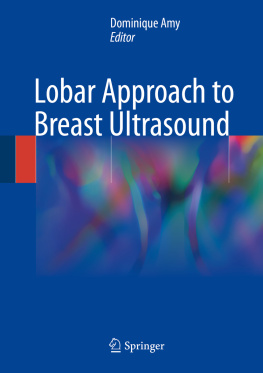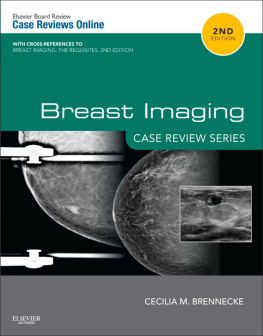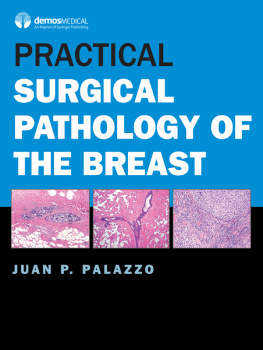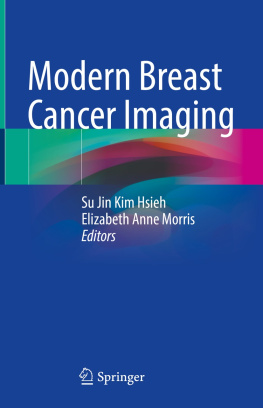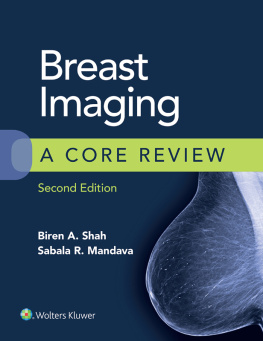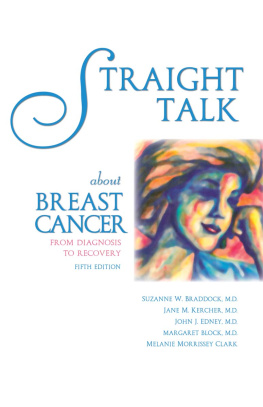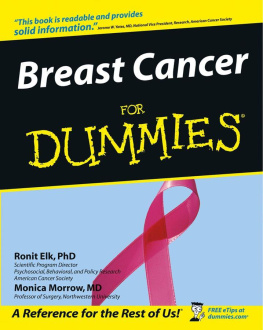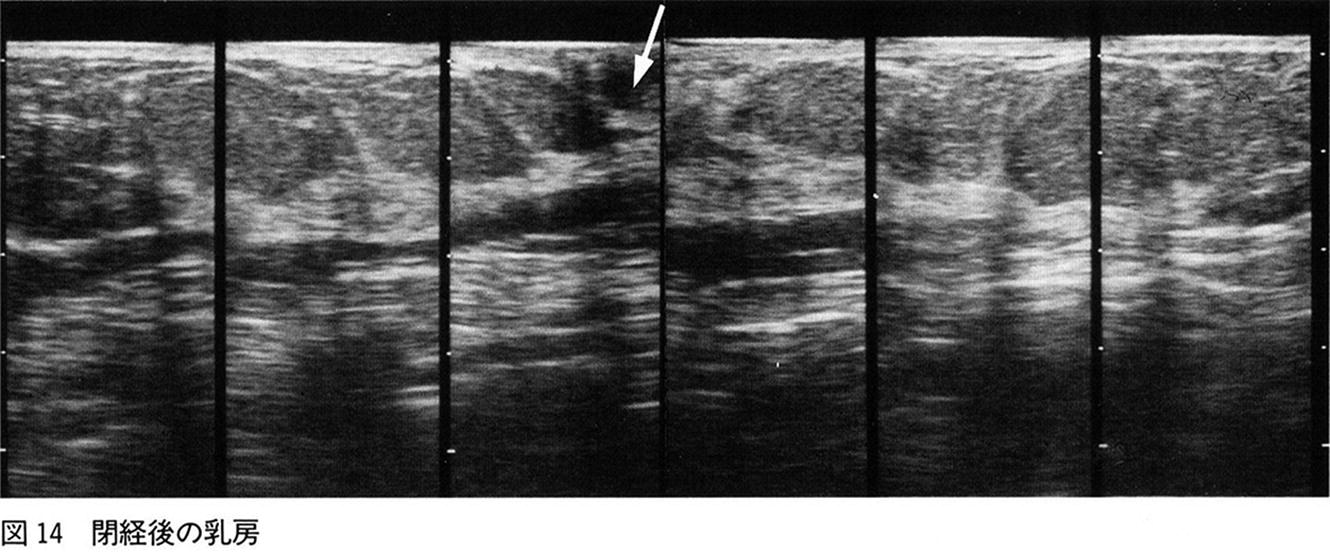1. Introduction
This book is a synthesis of knowledge concerning the lobe, which is the mammary anatomic unit.
It indeed gives prime importance to the lobar concept as the basis of breast anatomy, a concept shared by all the co-authors present here.
Tot presents his sick lobe theory.
Fournier studies the mammary nodes by following the full extension of the lobes.
Hoefnagel follows the lymphatic drainage of each lobe.
Parada and Buljevic map out the ductal axes of the lobes in interventional echography for millimetric lesions.
Amy and Dumitru describe lobar anatomy and its variations.
Selim, Said, and Georges present lobar echography and its semiology in detail.
Ueno, a pioneer in lobar echography, describes no mass, mammo-negative cancers.
Durante, Dolfin, and Tan expound their lobar surgical techniques.
This book propounds the third chapter in the history of mammary echography.
The foundation of the ultrasound diagnosis of mammary lesions was laid in the 1970s (Kobayashi) []. The second chapter was provided by the presentation of the lobar anatomy of the breast in the 1990s (Teboul, Stavros). From the year 2000, the lobar concept has been taking up the place it rightly deserves: Tot presented his sick lobe theory.
This book is not the last word for the whole pathology of the breast. It will not answer all the questions we are faced with on a daily basis in our practice of echography; it is even likely that it will raise questions (which is a form of progressing).
This book is meant to be the complement of many publications; it does not aim at repeating all that has already been published, in mammary echography as well as in ultrasound technique.
It serves as a conclusion to more than three decades of failures, of research, of discoveries, and of exchanges in breast echography, and, by taking up again anatomy as an analytical basis, we wish to redirect the techniques of examination, diagnosis, or treatment so as to achieve a better understanding and a good reproducibility.
In analyzing the earlier work which has been published for decades, in putting together the huge jigsaw of fragmented knowledge left to us by our masters, in adapting the recent technological improvements in the field of echography, we wish to open out a new vision in senology.
Such prestigious names as Cooper [).
Fig. 1.1
Large reconstructed breast ultrasound section presented by Pr. E.UENO in 1991: radial lobar scanning of two lobes with the nipple in the middle arrow (Courtesy of Pr. E. Ueno, Japan)
Tot, lastly, with his huge experience and sick lobe theory has come to give a concrete grounding to the work of all these researchers. We hope this book will be worthy of their teachings. We will be castigated for the lack of extensive statistics and analytical surveys. We hope that the success of the concept of the lobar approach of the breast will lead many of our colleagues to add their experience to this preliminary presentation of diagnosis and surgery.
This book may make surgeons uncomfortable as they cannot see the lobes and find it hard to delineate their edges, unless they agree to use an echograph in the operating theater.
It may annoy anatomopathologists used to working on 2 cm 2 cm small sections, which do not allow a good global vision of the lobes and of multifocal pathology, unless they agree to use 10 cm 10 cm large sections (new technique, new investment).
It may make radiologists uncomfortable if they are not used to the radial technique, if they do not have large probes, and if they do not have anatomic knowledge of the lobes, unless they train in radial scanning and elastography.
It may not interest the oncologist: a new concept and a new approach are not strictly adapted to their protocols. But a good collaboration with the radiologist will be fruitful and will bring in more information with the discovery of a larger number of multifocal and multicentric lesions, an assessment of tumoral aggressiveness and a help in the management of neoadjuvant chemotherapies.
Lastly it may not meet whole-hearted support from the manufacturers of echographs who do not have the adequate equipment or whose automatized breast echographs are imperfectly fitted for the anatomic analysis of the breast and the lobar approach of the diagnosis.
But this book and this concept will meet the full approval of the patients who understand the lobar anatomy of their breasts perfectly and who surmise all the benefits that can be drawn from it. The understanding of anatomy, of the examination technique, and of the possible uncovering of pathology is, for most of these patients, an essential stage in accepting and following their treatment.
We have the experience of decades practicing ducto-radial echography, training colleagues to these techniques, and taking part in very many conferences or symposiums every year. We can assert that we have encountered full approval among the vast majority of colleagues who have made the effort to learn this diagnostic or therapeutic approach: they experienced great enthusiasm in discovering anatomy and other forms of knowledge, and they expressed a real interest in improving their diagnostic technique.
This said, very many questions will not find immediate answers:
Many ask why there has not been a precise anatomic analysis of the breast.
Why do some of our colleagues show so little interest, or even none whatsoever?
Why do ducto-radial echography and the lobar concept remain such well-kept secrets?
Why are the lobules in the upper part of the lobes larger than those in the lower part? Why are those close to the areola more developed than those at the end of the lobes?
Why does pathology develop more specifically in the TDLUs?
Is there a relationship between the morphological type of a lobe (hyper-echogenic or predominantly hypo-echogenic, with an early or late involution) and pathology?
Can elastography and the Doppler vascular study significantly modify the therapeutic decisions?
Is there really a relationship between long-term survival and surgical techniques (lobectomy versus lumpectomy)? Complementary, multicentric studies involving a larger number of cases are necessary.
This list is by no means exhaustive; other answers and other questions will come to us, but we are convinced that the lobar approach and the ducto-radial echographic analysis amount to a real progress in the diagnosis of breast cancers.
Let us now turn briefly to the technical side of things. It is important here to recall in passing some basic principles. In the course of the many tuition sessions, conferences, and exchanges, it has become clear that in the field of echography as well as the one of elastography, the practice of mammary echography in general is characterized by a certain lack of precision, training, and guidelines. In echography, the major basic principle is that the probe must be strictly perpendicular to the skin and perfectly horizontal. One must avoid scanning the breast with the probe in an oblique position (Figs. ).

